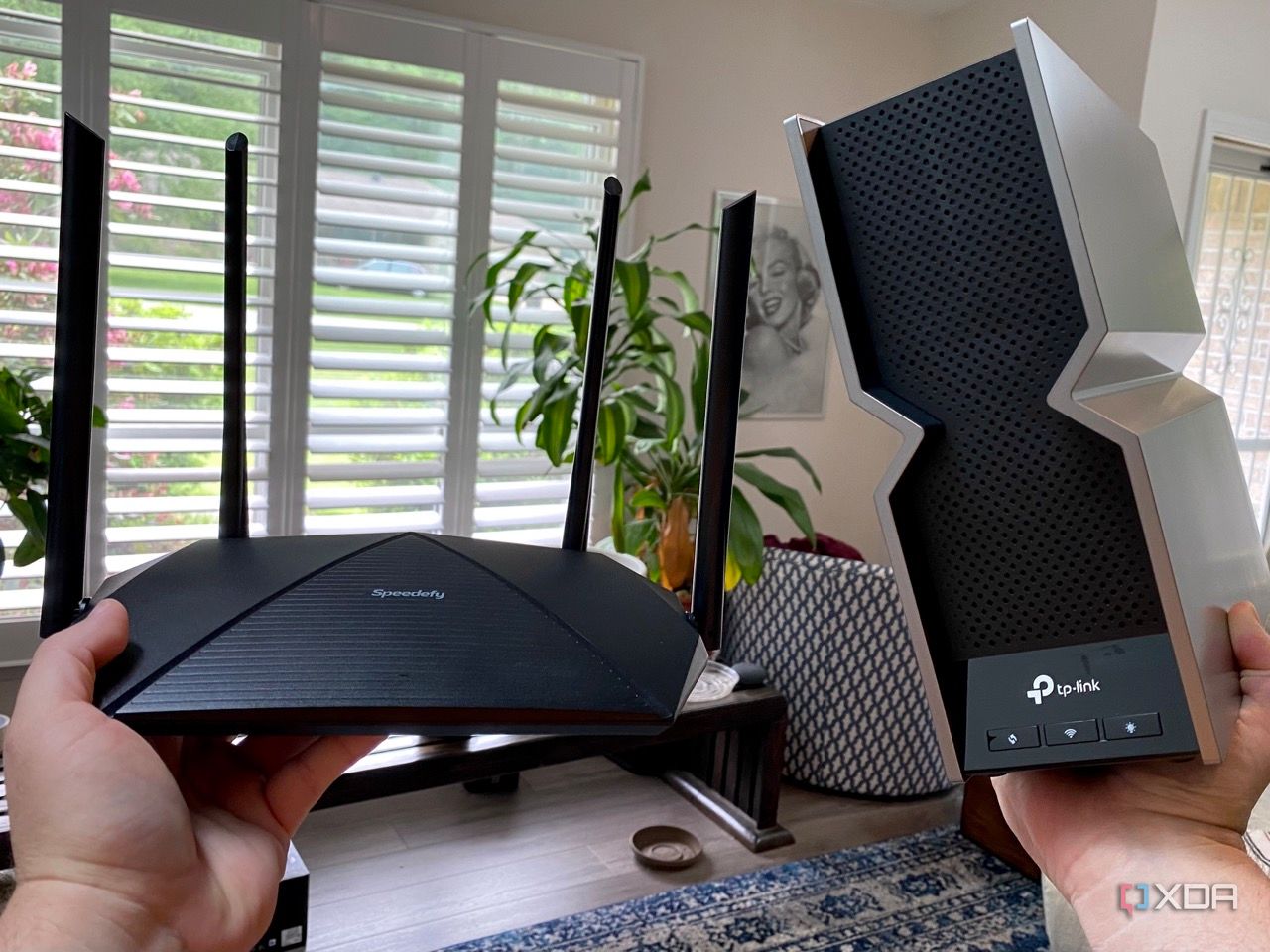Whether you’re running a Wi-Fi 6 router at home or jumped straight to Wi-Fi 7, you’re no doubt wondering which settings are best to use. The answer might surprise you somewhat, as your home will likely be classed as a low-density environment, which means a slightly simpler set of settings than if you had to optimize for an office building.
And if you haven’t started your search for a new router yet, either Wi-Fi version should be fine to include on your short list. At this stage, I’d recommend Wi-Fi 6E instead of Wi-Fi 6 because the 6GHz band is very handy and one of the best improvements to wireless connectivity for years. But any new router will need some optimization for your specific living areas, so let’s get cracking.
First, some universal settings
These are essential for any Wi-Fi generation, including those to come
Before we get too deep into individual Wi-Fi versions, there are a few general tips for a better wireless signal that apply no matter what. Your router should be central to your living space, set higher than your waist height, and not blocked by obstacles like TVs or shelving. If your router has automatic firmware and security updates, enable those, so you don’t have to think about it, or set a reminder to look for manual updates if not.
Next, set your Wi-Fi SSID to a single, unique name for all bands that your router supports. Note that this is the same if you have a single router or a mesh network, and will ensure that your devices can connect reliably to the band that will give the best connection at the time. Also enable band steering (if it didn’t automatically enable), so that the router puts client devices on the preferred band. The only time I’ve had issues with using a unified SSID is with some IoT devices that will only connect to 2.4GHz wireless, but you can separate the bands briefly to connect those and then change settings back, and they’ll connect as intended. And make sure you’re using at least WPA2 for security, and preferably WPA3.
Wi-Fi 6 makes for a solid home network
And Wi-Fi 6E brings the biggest change in years
Wi-Fi 6 is relatively limited in what settings you should enable, although beamforming should be on for the best connection stability, and you should try using WPA3 for security. If your router is Wi-Fi 6E, use the 6GHz band whenever possible, but know that it’s not as long-range as the 5GHz or 2.4GHz bands, and also that many mesh networks will use one of the bands as wireless backhaul, so you might kick devices off one of the bands unless you run wired backhaul to the nodes.
For the best channel width:
- 20 MHz for 2.4GHz – this minimizes interference
- 80 MHz for 5GHz – to maximize throughput
- 160 MHz for 6GHz – if available, also for throughput and compatibility
Other than that, most modern routers are designed to automatically adjust their settings for the best signal, and can be left alone unless you run into issues.
While Wi-Fi 7 brings more features
But not all of those features will be available if you have older devices on the network
Wi-Fi 7 kicks the upper bounds of wireless speeds up a notch or two, and you’ll want to find Multi-Link Operation (MLO) and enable it so that your Wi-Fi 7 clients can bond multiple wireless bands together to get more throughput than using a single band. All those years of manufacturers making it seem like multiple bands would make your Wi-Fi faster are finally true.
Set the same channel widths as Wi-Fi 6E, but you can try 320 MHz for the 6GHz band and tweak this setting lower if you run into connectivity issues. Not every Wi-Fi client will play nice with Wi-Fi 7, especially IoT devices that use older Wi-Fi versions. If your smart home devices start having issues, set up a guest network on your router that only uses the 2.4GHz band and connect all your smart devices to that. This should fix any compatibility issues without forcing you to turn off advanced Wi-Fi 7 features.
The average home doesn’t need to worry too much about settings
Whether your router is using Wi-Fi 6, Wi-Fi 6E, or Wi-Fi 7, most of the potential settings are handled automatically. Modern routers are pretty amazing for what they can do with minimal input and can be mostly left alone. If you’re using prosumer hardware, things will be different, but even then you’ll be tweaking transmit power on your access points more than optimizing advanced features that are designed to be left alone.
